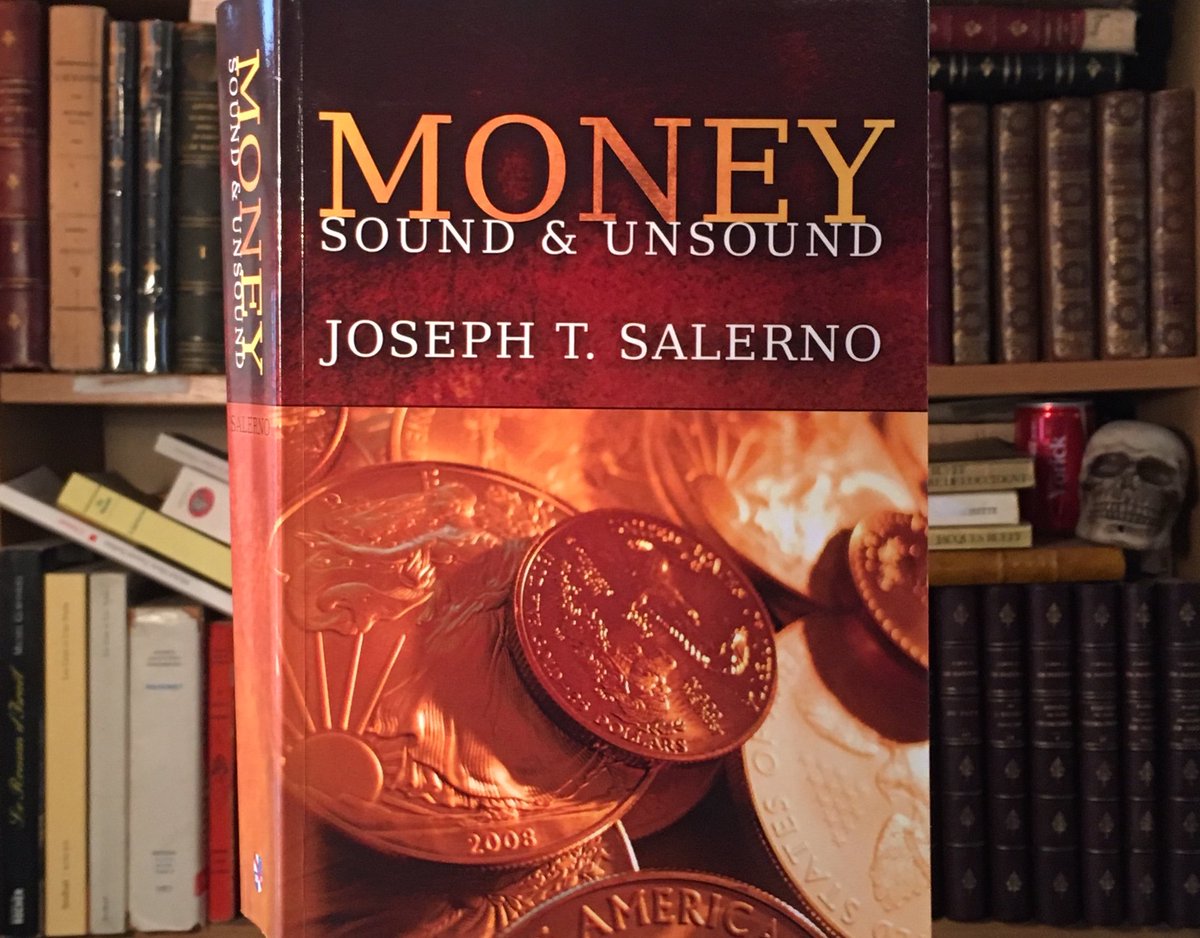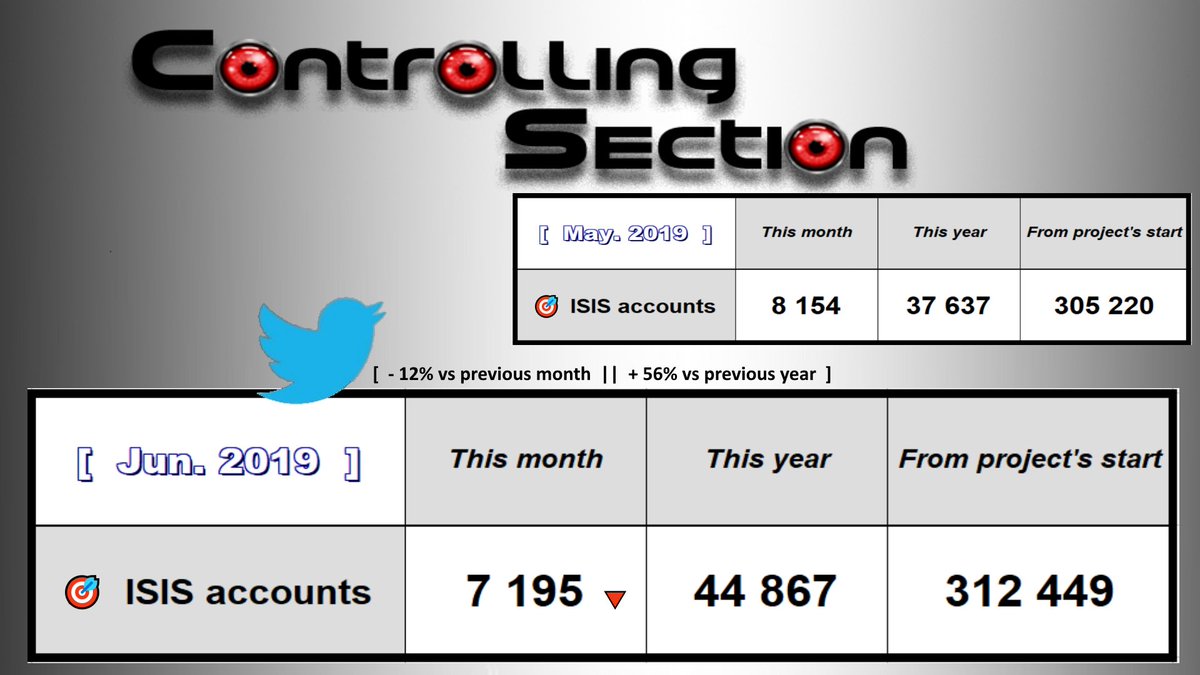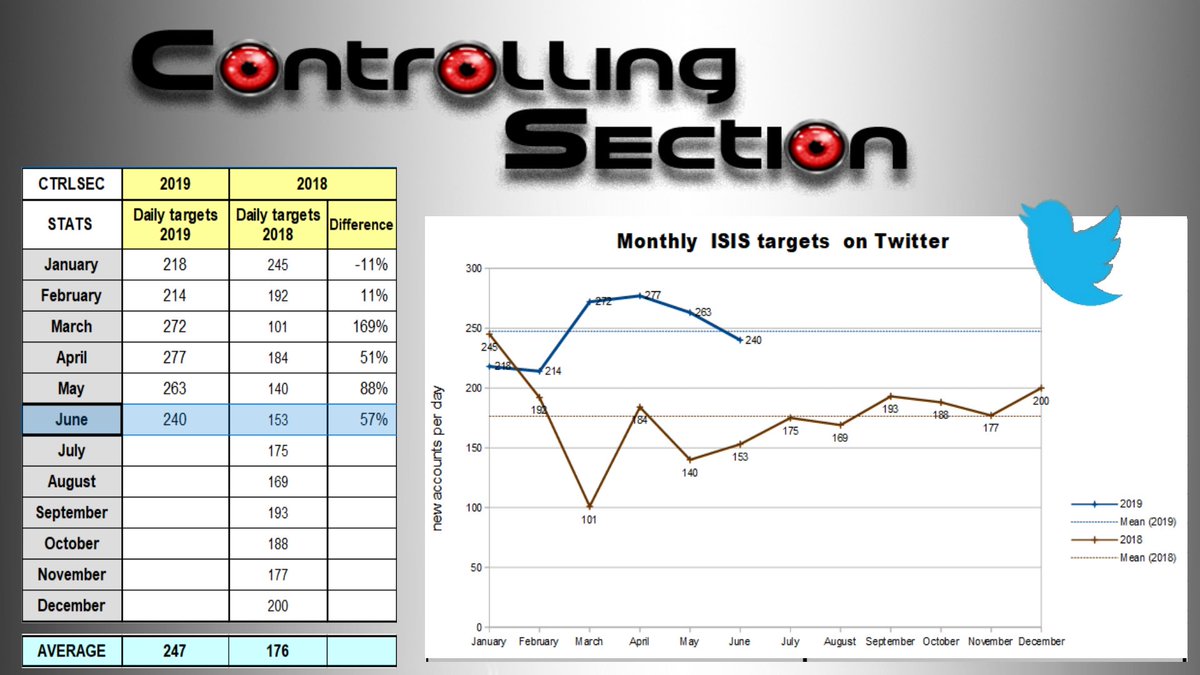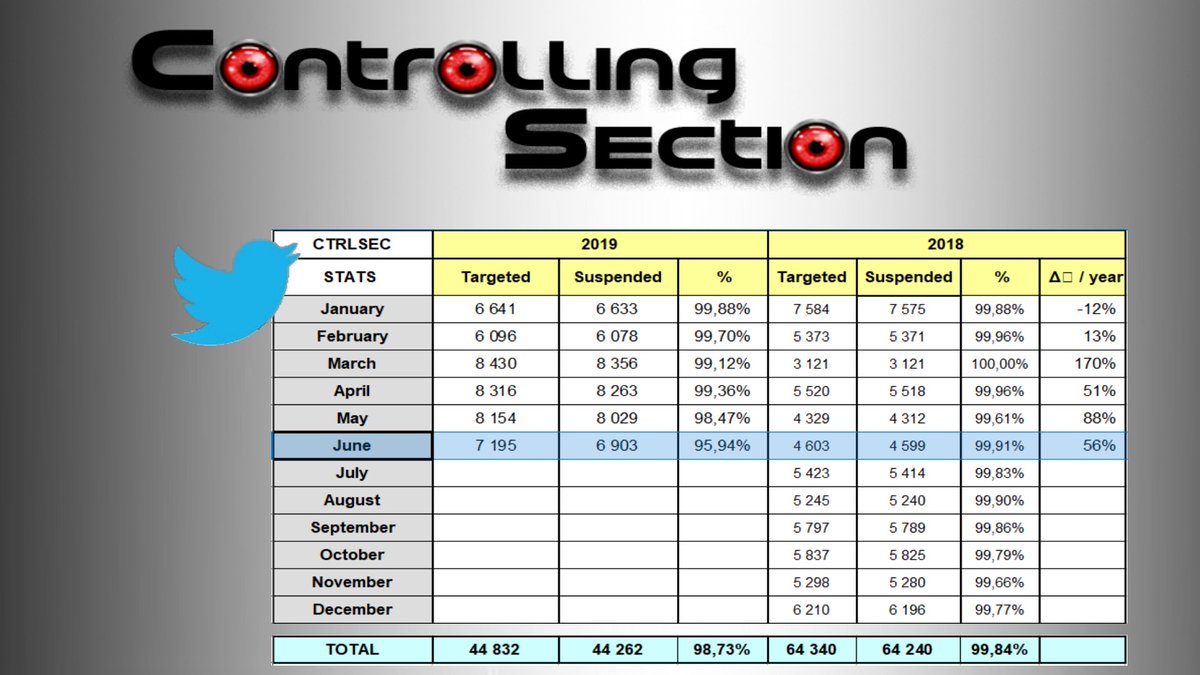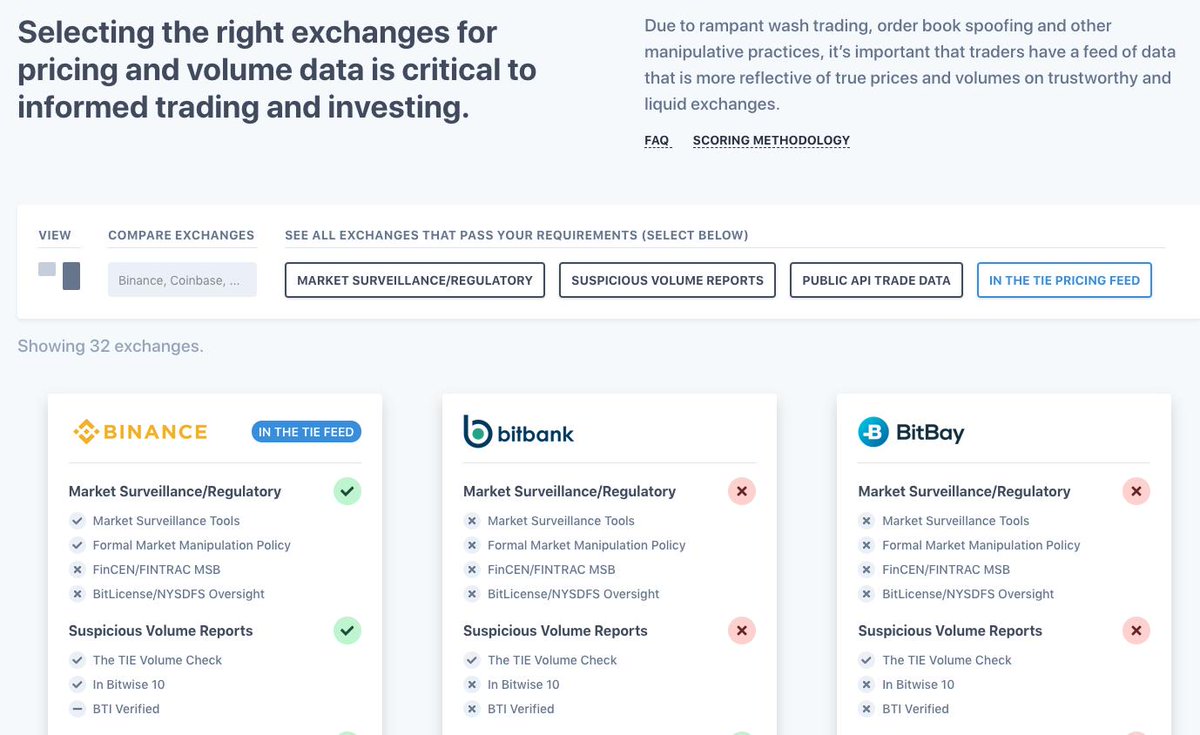"We present a real-time, cross-asset, positions-based relative sentiment indicator derived from the COT report to predict the U.S. equity market."
papers.ssrn.com/sol3/papers.cf…
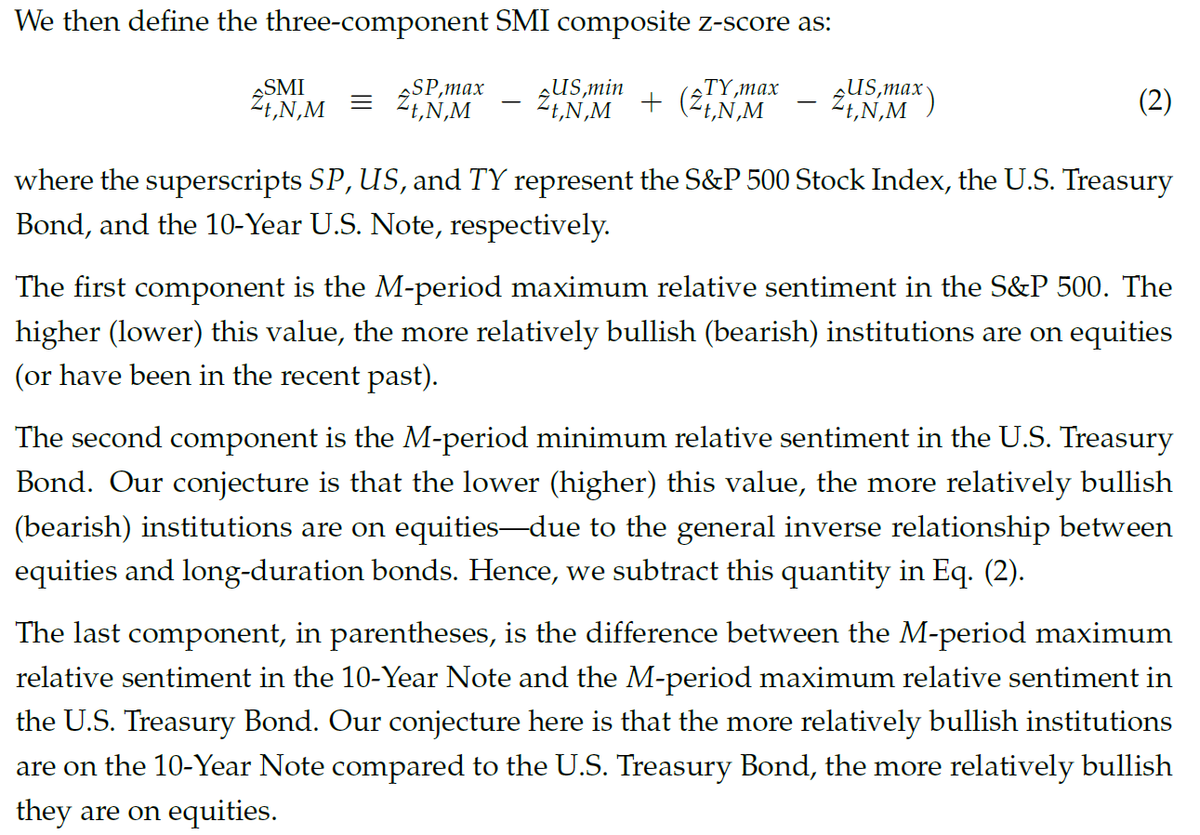

Keep Current with Darren
This Thread may be Removed Anytime!
Twitter may remove this content at anytime, convert it as a PDF, save and print for later use!

1) Follow Thread Reader App on Twitter so you can easily mention us!
2) Go to a Twitter thread (series of Tweets by the same owner) and mention us with a keyword "unroll"
@threadreaderapp unroll
You can practice here first or read more on our help page!
